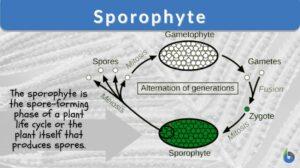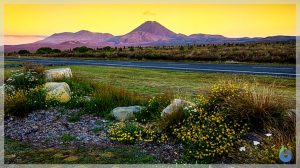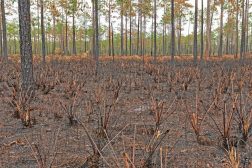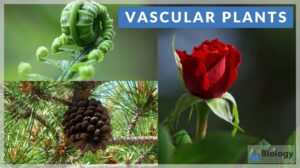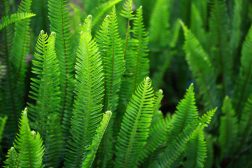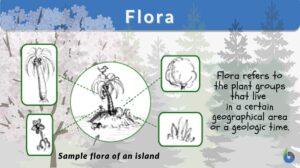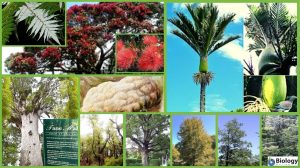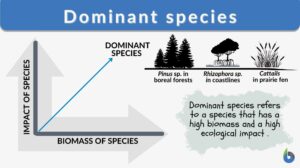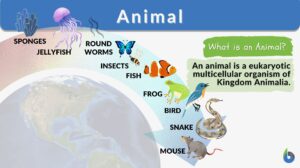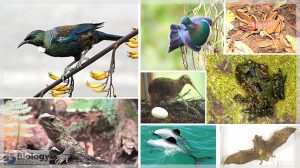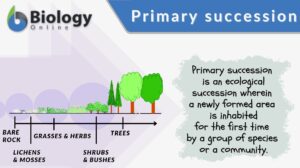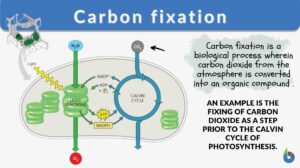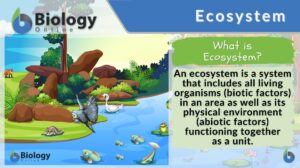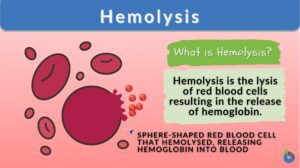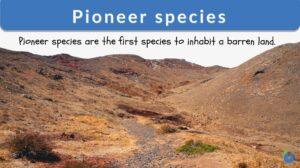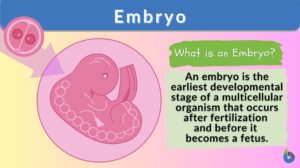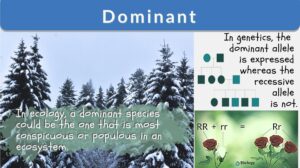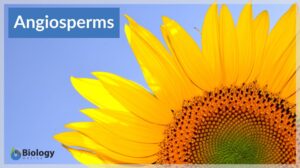Search Results for: moss
Moss capsule
Moss capsule (Science: botany) A moss capsule is a part of the moss located at the tip of stalk that contains... Read More
Sporophyte
Sporophyte Definition What is a sporophyte? Accordingly, the sporophyte is the plant generation that produces spores. To... Read More
Bryophytes
Bryophytes (nonvascular plants) do not have xylem or phloem. The habitations of this plant group are widely varied and... Read More
Ecological Research: Measuring & Analysis
By: Maria Victoria GonzagaPreviously in this lesson, we learned that high biodiversity is essential to a healthy... Read More
Succession
Definition noun, plural: successions, word origin: Latin "successio" 1. (general) (a) The act of following in order or... Read More
Vascular plants
Definition of Vascular plants The term 'vascular' is derived from the Latin word vāsculum, vās, meaning "a container and... Read More
Vascular Plants: Ferns and Relatives
These plants are seedless plants, but unlike the bryophytes, they do have vascular tissue (xylem and phloem). Because of the... Read More
New Zealand’s Unique Flora
By: Maria Victoria GonzagaIn the previous lesson, we've come to know some of the most fascinating endemic... Read More
Dominant species
Dominance is the state of being supreme or dominant. Community dominance refers to the form of dominance where certain... Read More
New Zealand’s Unique Fauna
By: Maria Victoria GonzagaIn the previous lesson, we learned about the high biodiversity of New Zealand and how... Read More
Primary succession
Primary Succession Definition Primary succession is an ecological succession where a newly formed area is inhabited for the... Read More
Carbon fixation
Carbon Fixation Definition We know that the earth contains many elements. The periodic table shows us just how many... Read More
New Zealand’s Biodiversity
Written by: Maria Victoria GonzagaPeer-reviewed by: Cathy Buntting, Ph.D. and Andrea SoanesWhy is New... Read More
Embryo – Plants
Definition (botany) A young, developing plant, such as the rudimentary plant inside the seed of higher plants or that inside... Read More
Pioneer species
You might have come across news of some barren lands turning into luscious grasslands or forests after decades? Or you might... Read More
Antarctic realm
Definition noun A biogeographic realm that covers the Antarctica Supplement Biogeographic realms are large spatial regions... Read More
Community Patterns
By: Maria Victoria GonzagaIn the previous lesson, we learned what a population is, its attributes, and processes... Read More
Angiosperm
Angiosperms Definition What is an angiosperm? An angiosperm is a plant that produces flowers. The angiosperms, also... Read More

